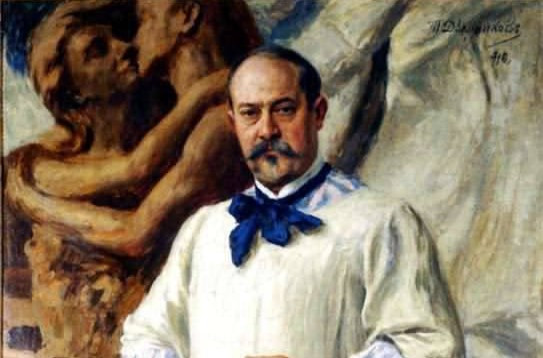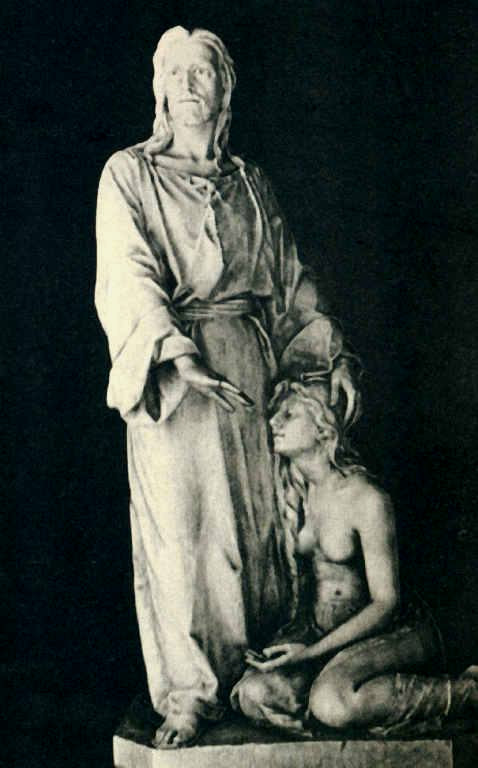In honor of Borys Edwards, a memorial plaque has been installed in Lyapunov Lane in Odesa, and Pysareva Street in the Kyivskyi district has been renamed after him.
Borys Edwards was born on May 27, 1860, in Odesa to Basil Edwards, a British subject, and Sofiia Yuriyivna, a Ukrainian woman from a Cossack lineage in Poltava. He received his first art education at the Odesa Drawing School (1876–1881), where he studied under Professor Luigi Iorini of the Milan Academy of Fine Arts.
In 1885, before traveling to Paris, Borys organized the first personal sculpture exhibition in Odesa. In France, he studied at the Académie Julian, worked in studios of renowned artists, and created a portrait of Louis Pasteur from life.
Critics noted: "Edwards is one of the few artists of our time who boldly and lovingly depicts the human body."
In 1899, he held a large exhibition in the winter garden of the Vorontsov Palace to mark 15 years of his artistic career. His works were later exhibited at the Paris Exposition Universelle (1900) and the Izdebsky Salon (1909–1910) in Odesa, Kyiv, and Riga.
Edwards founded the first bronze foundry in Ukraine to realize his large-scale sculptural projects. He also co-founded the Odesa Literary and Artistic Society (1897) and the Museum of Fine Arts (1899).
His ancestry reads like a novel — British, Ukrainian, Irish, Spanish, and Turkish roots. His great-grandfather was the commandant of the Gibraltar fortress. Edwards could have inherited land in Manhattan, but he chose the path of art.
In 1918, he became the head of the Odesa Art School and helped reorganize it into a higher education institution. That same year, he held his final exhibition — over 80 works summarizing 35 years of creativity.
In 1919, he emigrated to Malta, where he created a memorial dedicated to fallen Maltese heroes.
He died on February 12, 1924, and was buried in Malta.







